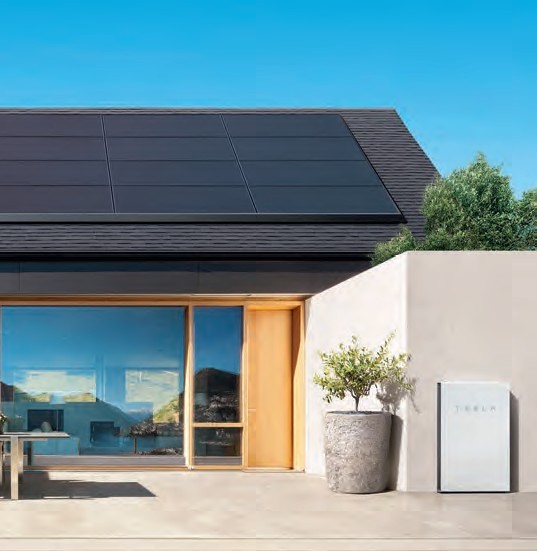Guide to battery storage for solar PV
Could this technology help maximise the potential of generating renewable electricity on site? Nigel Griffiths investigates
Nigel Griffiths

Tesla’s Powerwall 2 can be floor or wall mounted, and is suitable for installation both indoors and out. Multiple batteries can be used in tandem to suit households with a high power demand. It also features an internal inverter to simplify installation.
Solar electric panels are a popular technology with self-builders and renovators. Fundamentally, they transform daylight into useable energy – the idea being that you get to take advantage of a free renewable resource, and in doing so reduce your utility bills.
Uptake of the technology has been partially driven by the Feed In Tariff (FIT), which was introduced in 2010. The FIT pays out quarterly for every kilowatt-hour (kWh) of electricity a qualifying solar photovoltaic (PV) installation generates. You can also sell any electricity you don’t use via the export tariff. The incentive, which lasts for 25 years, is designed to help offset the cost of installing an array.
However, it’s not always easy to make optimum use of solar-generated electricity – for reasons we’ll explore in a moment. This has led to a proliferation of research into battery storage solutions that aim to help you maximise solar resource. The technology is developing rapidly, but is still relatively new. So is it worth considering for your home?
What are the challenges for solar PV?
The crux of the issue is that photovoltaic panels can only generate power during daylight hours (and effectively only when the sun is well above the horizon). Cloud cover also reduces output substantially, and in winter the amount of electricity you can produce is very low.